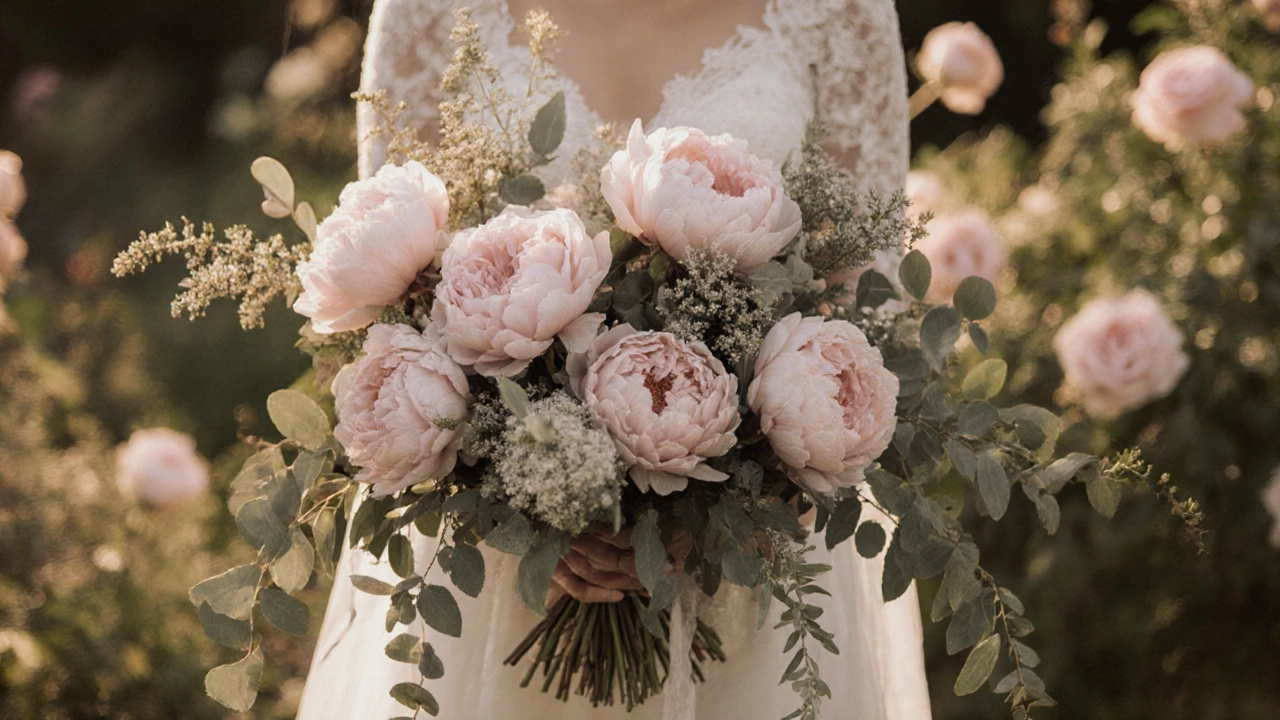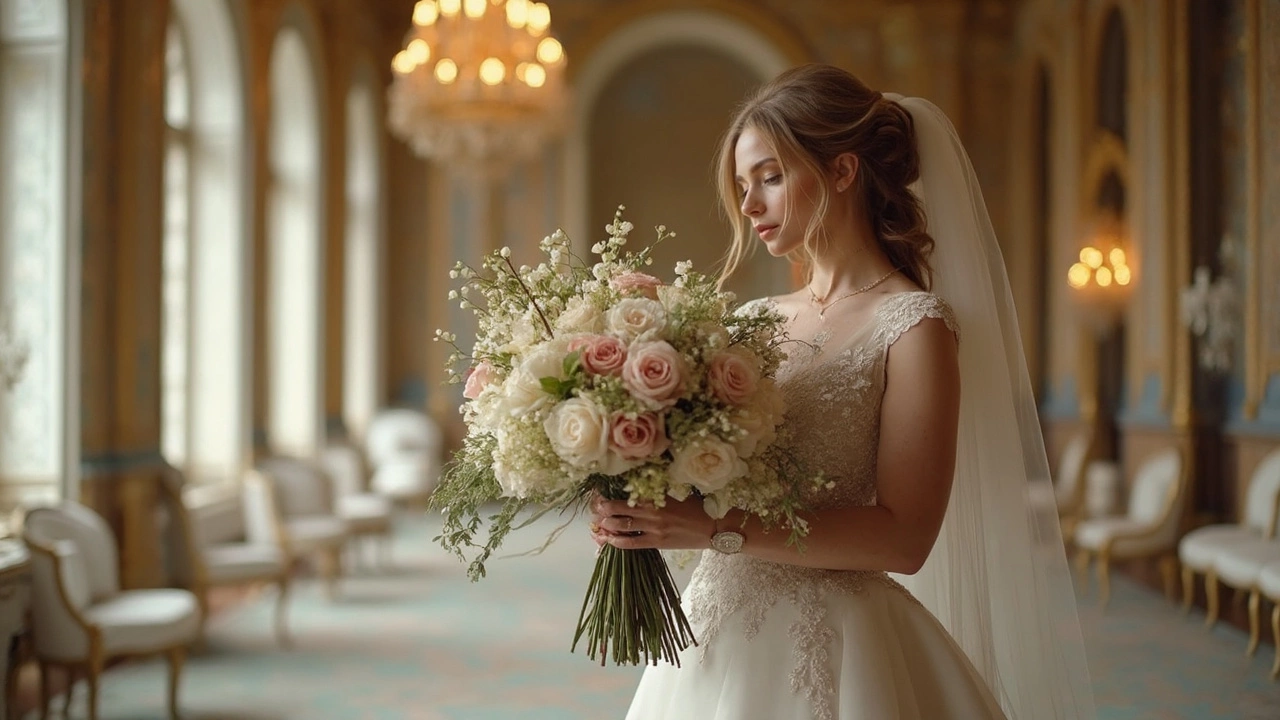Bridal Flowers: Your Guide to the Perfect Wedding Bouquet
When you walk down the aisle, your bouquet is one of the first things people notice. It’s not just a prop – it’s a chance to show off your style, match your dress, and set the mood for the whole celebration. Picking the right bridal flowers can feel overwhelming, but breaking it down into a few easy steps makes it simple.
Choosing the Right Flowers for Your Style
Start with the look you want. Do you love soft, romantic vibes? Think roses, peonies, and gardenias in blush or ivory. Prefer something bold and modern? Try proteas, dahlias, or lisianthus in deep reds or saturated blues. The shape of the flower matters too. Round blooms like hydrangeas create a lush feel, while spiky blossoms like thistles add texture.
Next, match the flowers to your dress. If your gown is heavily embellished, keep the bouquet simple so it doesn’t compete. A sleek satin dress pairs nicely with a minimalist spray of a few stems. For a flowing, bohemian dress, a wildflower mix feels natural.
Season is a hidden cost saver. Spring weddings can use tulips, lilacs, and daffodils, while summer favors sunflowers, roses, and lavender. Autumn brings in mums, dahlias, and foliage, and winter works with evergreens, berries, and icy white blooms. Choosing flowers that are in season means fresher arrangements and lower prices.
Budget-Friendly Bridal Flower Tips
Set a clear budget before you start talking to florists. A good rule of thumb is 8‑10% of your total wedding budget for flowers. If you’re tight on cash, focus the high‑impact pieces – the bridal bouquet and table centerpieces – and let other décor rely on candles, lanterns, or fabric.
Ask your florist about alternatives. Greenery like eucalyptus, ferns, or ivy can bulk up a bouquet without adding a lot of cost. Sometimes a single statement flower (like an orchid) surrounded by plenty of filler looks more expensive than it is.
Don’t forget re‑using flowers. The same roses in your bouquet can become boutonnieres for the groom and groomsmen. After the ceremony, move the bouquet to the head table for a fresh look. This cuts down on the total number of stems you need.
DIY is another option if you’re handy. Many couples buy wholesale stems and arrange their own bouquets. Just practice a few times, or enlist a friend who loves flowers. Even a half‑DIY approach – like assembling your own petals for the ceremony aisle – can save money and add a personal touch.
Finally, always get a written contract that lists the exact flower types, quantities, and delivery times. That way you avoid surprise costs and ensure the florist knows exactly what you expect.
With these tips, you can choose bridal flowers that reflect your personality, fit your dress, and stay inside your budget. Remember, the goal isn’t just to look pretty – it’s to feel confident and happy as you walk toward your new life together. Happy flower hunting!

- Oct, 28 2025
- Comments 0
What Flowers Look Best in a Bouquet for Weddings?

- Mar, 5 2025
- Comments 0